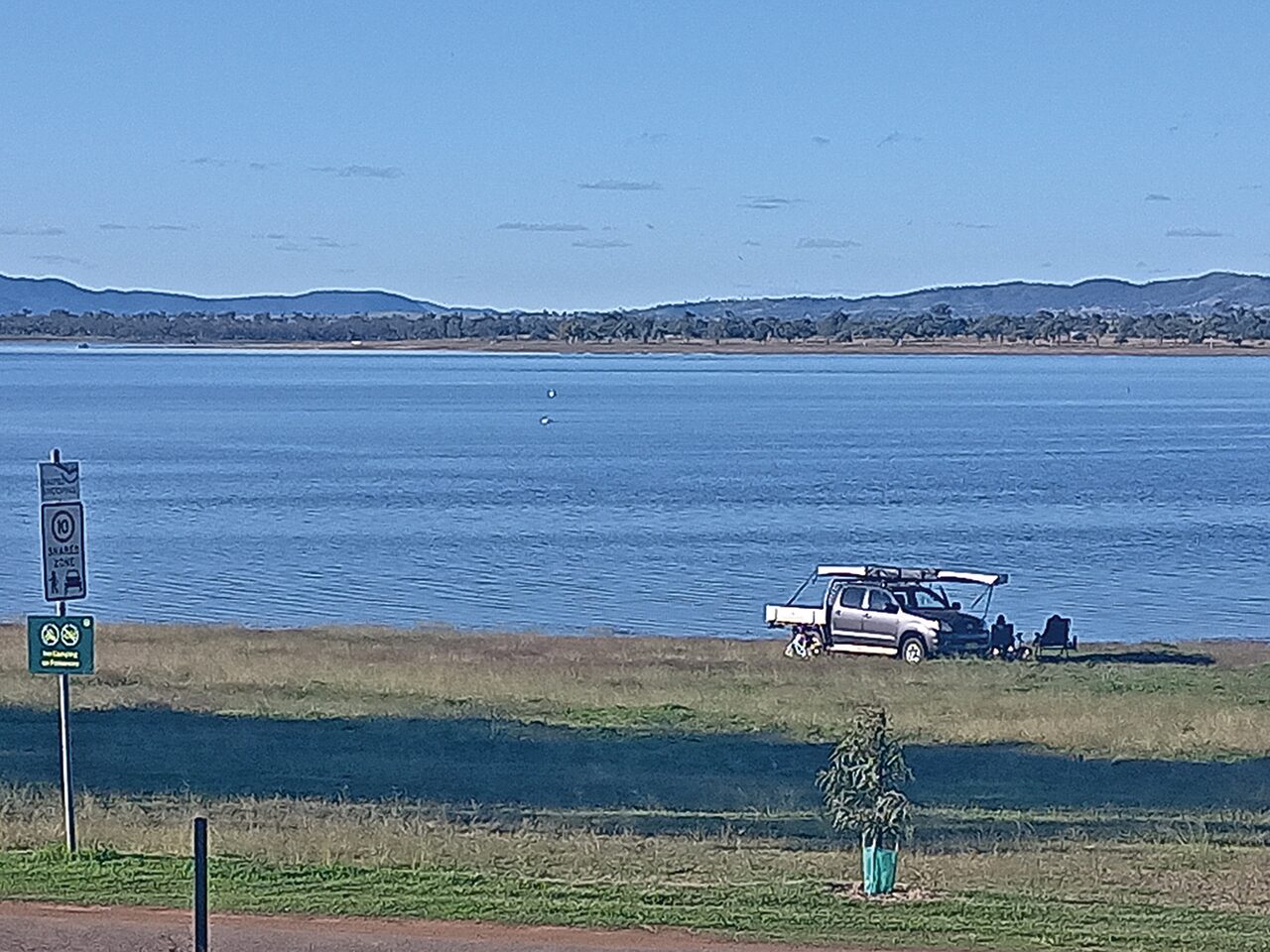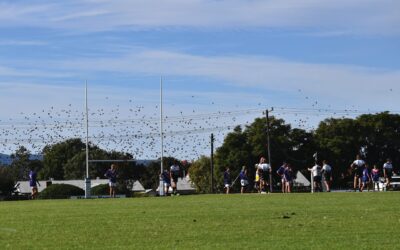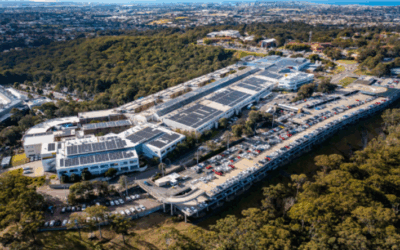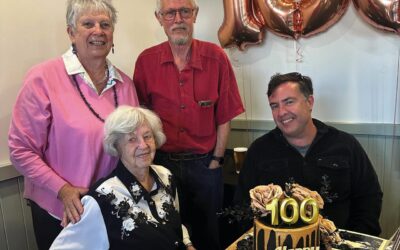Gunnedah has received a mixed response to its suggestion that diverting water from Lake Keepit would be an ineffective solution for Tamworth’s water security crisis.
Gunnedah Shire Council recently attended a Murray Darling Association meeting to emphasise its position on NSW Government’s Namoi Regional Water Strategy.
This strategy is investigating the feasibility of building a new pipeline from Keepit to Calala Water Treatment Plant in Tamworth.
It is one of four proposed options to supplement Tamworth’s critical water security risks.
The NSW Department of Climate Change, Energy, the Environment and Water said the city could deplete all water reserves in as little as six years if population growth or climate change exacerbates drought conditions.
The Gunnedah region and communities downstream are equally worried about the implications a pipeline to Tamworth would have on their own water requirements.
Keepit Dam is predominantly used for crop irrigation and agricultural production but also serves as a centre for tourism and recreation such as boating, skiing, fishing and camping.
Councillor Robert Hoddle said many neighbouring regions such as Gywdir and Liverpool Plains were supportive of Gunnedah’s position.
These areas agreed that drawing more water from Keepit would not be an “appropriate or effective” solution to Tamworth’s water woes.
There was one notable exception.
“Tamworth did not support us,” Cr Hoddle said.
He said the city’s representatives “lacked empathy” for communities downstream of Keepit and the possible consequences of reduced water availability.
“It didn’t seem that it mattered,” he said.
Instead of building pipelines, Gunnedah suggested the augmentation of Dungowan Dam be raised from the ashes as the best solution for Tamworth’s water needs.
The now defunct Dungowan Dam project, was a joint federal-state Coalition government commitment announced on the back of the last drought in 2019, to expand the water reserve to three-and-half times its existing size.
In 2023, the project was famously dumped by the respective Labor governments amid reports of escalating costs and concerns about value for money.
“At the end of the day the numbers didn’t stack up,” then state water minister Rose Jackson said.
“Both Infrastructure NSW and Infrastructure Australia had serious concerns about the cost-benefit ratio of the new Dungowan Dam and did not recommend putting this project on the infrastructure priority list.”
Cr Hoddle said Gunnedah has a different opinion.
“We see Dungowan as the solution,” he said.
Consultation lacking
Gunnedah has also been critical about a lack of direct consultation with communities downstream of Keepit Dam.
The NSW Department of Climate Change, Energy, the Environment and Water hosted “information stalls” in Tamworth for local residents to provide feedback about the proposals.
The department also hosted online webinars and sought feedback via online surveys but as yet, no public consultation has been staged in Gunnedah or neigbouring communities.
“We’re trying to get (the department) to consult with Gunnedah and Boggabri about it,” Cr Hoddle said.
“The only consultation so far has been with Tamworth.”
He said the irony was that Tamworth’s water needs were being driven in part by a burgeoning, water-dependent, manufacturing sector such as meat processors – an industry which relies on productive agricultural areas like the Gunnedah region for continued supply.
A NSW Department of Climate Change, Energy, the Environment and Water spokesperson said, “No decisions have been made yet about whether any of the options in the $3 million Preliminary Business Case (PBC) for the Intervalley Pipelines and Off-River Storages Project will be progressed to a Full Business Case.
“Earlier this year we carried out targeted engagement in Tamworth and Gunnedah including speaking to representatives from Gunnedah Shire Council and Gunnedah Chamber of Commerce who raised concerns about the potential impacts on downstream irrigators and tourism operators at Lake Keepit.
“We want to be clear we take these views seriously and are listening to what they have to say.
“Their feedback has already been captured in the PBC which is due to be completed in the second half of the year.
“We are also in the process of planning a visit to the region in the coming months to meet face-to-face with other local councils to give them an update on the project and hear from them directly.
“Because of the strong interest in this project, we are taking more time to carefully consider the feedback on the intervalley pipelines and off-river storage and review the modelling.
“A ‘What We Heard’ report is now being prepared and will include feedback from a wide range of stakeholders and will be published in the coming months.”
To order photos from this page click here



